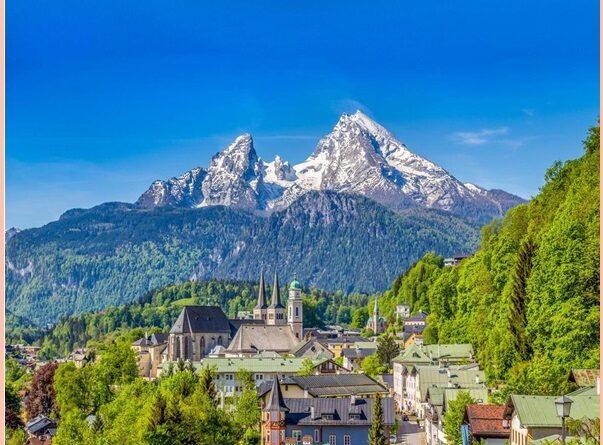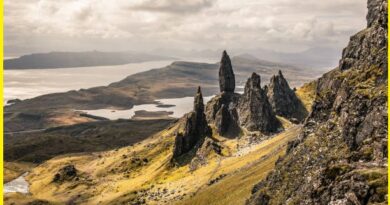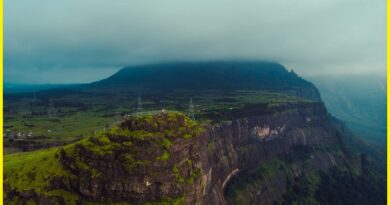Bavaria Germany, A Pristine countryside in Alps Mountains
Bavaria, Germany
Bavaria Region and its capital Munich is known for picture-perfect scenic beauty. The area is known for its pristine countryside, clean air, and cultural Hub. World-famous Medieval castles, Towns, magnificent palaces, Churches, and Bavaria’s urban location provide the best traditional events in the region. The numbers of crystal-clear rivers and lakes, the national parks, the forests, the wild and romantic low mountain landscapes, and the majestic Alpine summits all are just Amazing. The Zugspitze mountain is the tallest peak in Germany. The best way to explore the diversity of the countryside in the region is Romantic Road, Castle Road, and the German Alpine Road.
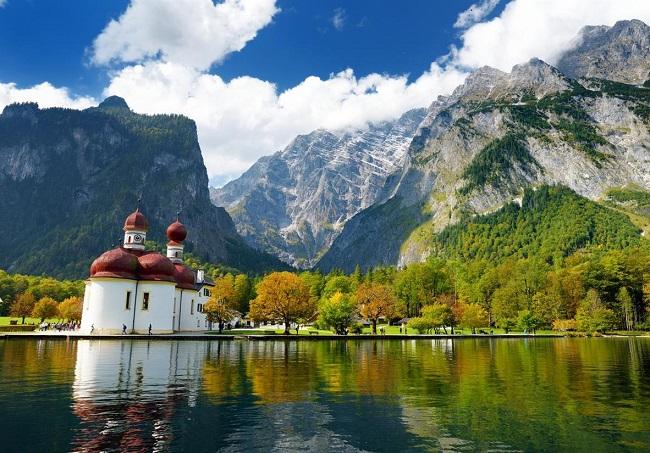
World-famous attractions
Internationally attractions included in Bavaria are King Ludwig II’s Neuschwanstein Castle and the Wieskirche Pilgrimage Church, a UNESCO World Heritage Site along with the Roman Limes, Würzburg, Bamberg, Regensburg. Bavaria consists of more than 1 lac architectural monuments, over 1,200 museums, and collections of 40 highly recognizable theatres and opera houses. Locations for traditional events such as the Oktoberfest in Munich, the Oberammergau Passion Plays, and the Christmas market in Nuremberg are world-famous.
Oktoberfest is held annually in Munich, Bavaria, Germany. It is a 16- to 18-day folk festival running from late September to the first Sunday in October, with more than 6 million people from around the world attending the event every year. Bavaria is known for its high range of Lifestyles, focus on wellness, families, nature, culture and cities, food and drink, and business travel.
History of Bavaria, Germany
Bavaria Germany is a federal state in the southeast of Germany. With an area of 70,550.19 square kilometers, it is the largest German state by land area. Bavaria’s main cities are Munich, Nuremberg, and Augsburg. Bavaria shares international borders with Austria and the Czech Republic, as well as with Switzerland. The highest peak in the Bavarian Alps is the Zugspitze.The Bavarian Forest and the Bohemian Forest form the vast majority of the frontier with the Czech Republic and Bohemia. See the Map of the Bavaria Area.
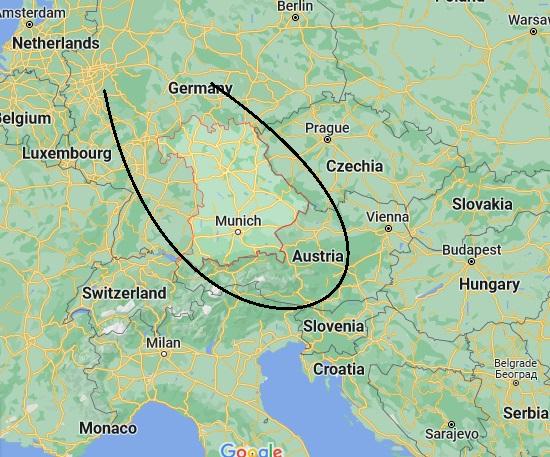
The history of Bavaria includes its earliest settlement by Iron Age tribes, followed by the conquests of the Roman Empire in the 1st century BC. Bavaria Germany finally becomes a state of the Federal Republic of Germany in 1949. Bavaria has a unique cultural history, because of the state’s large Catholic community and conservative traditions. Bavarians have traditionally been proud of their culture, which includes a language, cuisine, architecture, festivals, and Alpine symbolism.
Also, Read- Dalmatian islands at Adriatic coast and Karst features in Mesozoic carbonate rock
The state has the second-largest economy among the German states by GDP, giving it the status of a wealthy German region. Bavaria also includes parts of the historical regions of Franconia and Swabia. The landscape of Bavaria consists of four major regions- The Bavarian Alps, the Alpine foothills, known as the Bavarian Alpine Foreland with its numerous lakes, the Eastern Bavarian central mountains, a wooded low-mountain region with Germany’s first national park, the Bavarian Forest National Park, and in the west, the plateaus of Swabia and Frankenalb.
Geology of the Area
Munich is situated in the northern foreland of the Alps in Bavaria Germany. The geological evolution was controlled by foreland basin deposition (molasse) in the course of Tertiary Alpidic orogeny and by the Pleistocene glaciations. The Subsurface and the part of Munich is affected by the Munich gravel plain consisting of Quaternary (Late Pleistocene) Glaciofluvial gravel terraces.
With a major unconformity, these gravel deposits cover Neogene sediments of the Upper Freshwater Molasse, which is the upper part of the up to several km thick filling of the Bavarian Molasse Basin. The encountered Molasse deposits are comparatively fine-grained and of fluvial and lacustrine origin. Major rock types include loose sediments, gravels, sands, and clays, which accumulated in continental environments over the past 15 million years. Deposition took place in fluvial as well as glacial sedimentary settings. Floodplains, alluvial fans, and glacial sander terraces were formed due to the repeated phrases of weathering and erosion.

The landscape of the Bavarian Alps is mainly Influenced by the previous ice age and feature a number of lakes, U-shaped valleys, and cirques created by glaciers and Ice age rivers. In addition, the mountains have deposits of petroleum and lignite also.
Bavaria Tour
Munich city is the main attraction and base location for day trips. The city has great connections to the rest of the region. The medieval history of the 7 cities to visit in Bavaria.
Augsburg
Augsburg is best known for its Renaissance architecture. It is Founded by the Romans in the 15 century BC, once home to the richest dynasty of merchants in Europe. Visit around the town can be started from the main train station which was built in 1846 and is the oldest in Europe. Wander down Maximilianstrasse which was once the Roman road now part of the Romantic Road.
Rothenburg ob der Tauber
Rothenburg ob der Tauber is worth seeing because it is one of the best examples of a medieval German village and its long history includes ramparts, sieges, poverty, Nazis, and redemption. It is a soap opera of a story. This is a popular stop on the romantic road and full of visitors on most summer days, weekends, and at Christmas.
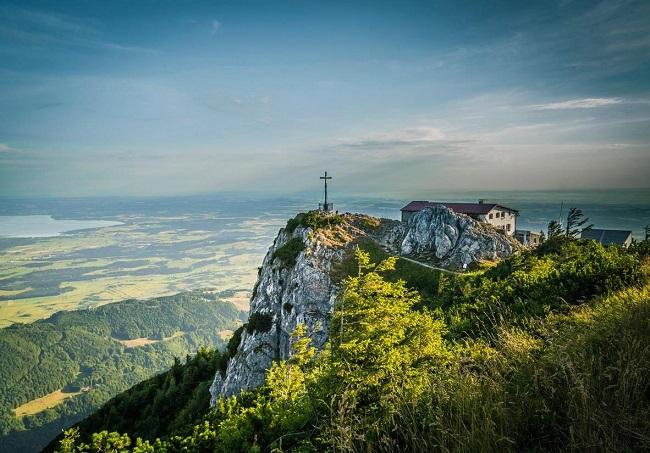
Fussen & Neuschwanstein
The summer castle is made by King Ludwig II of Bavaria. It inspired Walt Disney’s Sleeping Beauty Castle in Disneyland. Below the castle Fussen town is made of stepping stones to the legendary castle. There is plenty of Bavarian charm to enjoy at this ideal base below the castle. The castle is crowded at peak times in summer, on weekends, and around Christmas.
Regensburg
Regensburg has a great history, dating back to AD 179. it was a base for the Roman emperor Marcus Aurelius. The town was the capital of Bavaria until the 13th century, and to venture here is rewarded with a well-preserved medieval city. The location is an advantageous point on the Danube river that has allowed the city to prosper throughout the centuries. Geo-tourist also takes the time to cruise the river whenever the sun is shining.
Nuremberg
Nürnberg is known for looking like a German picture book. Medieval architecture, a castle, and a golden fountain offer a picturesque background. The town is also known as the site of the infamous Nazi rally grounds. The Christmas markets in late November to December are world-famous.
Bamberg
Bavarian town Bamberg is nicknamed the Franconian Rome. It is located over seven hills with Picture perfect around every corner. Bamberg has one of Europe’s largest and old town centers and is recognized as a UNESCO World Heritage Site. Its medieval plan, winding narrow streets, and timbered architecture are the holy fairy tale of Germany.
